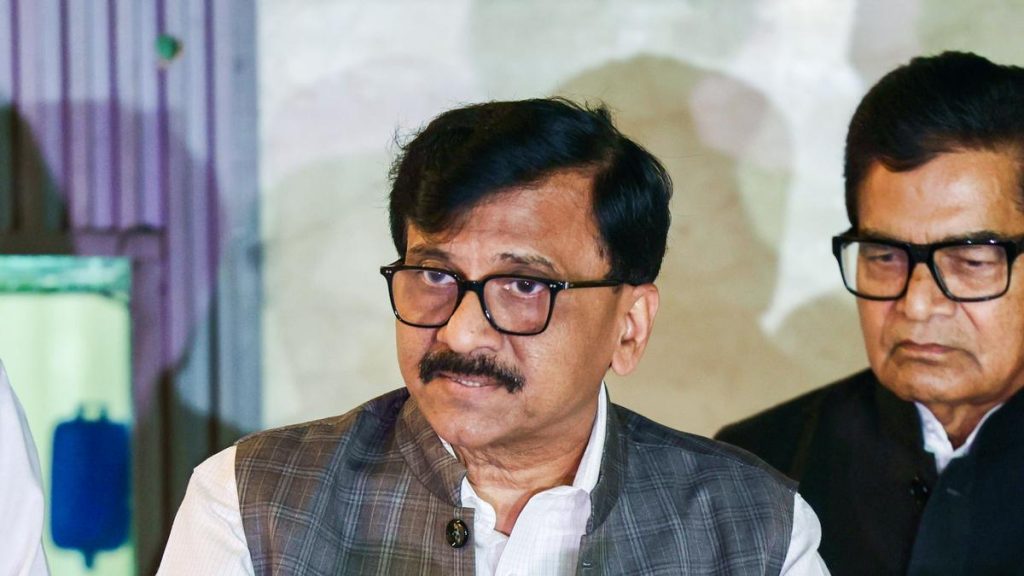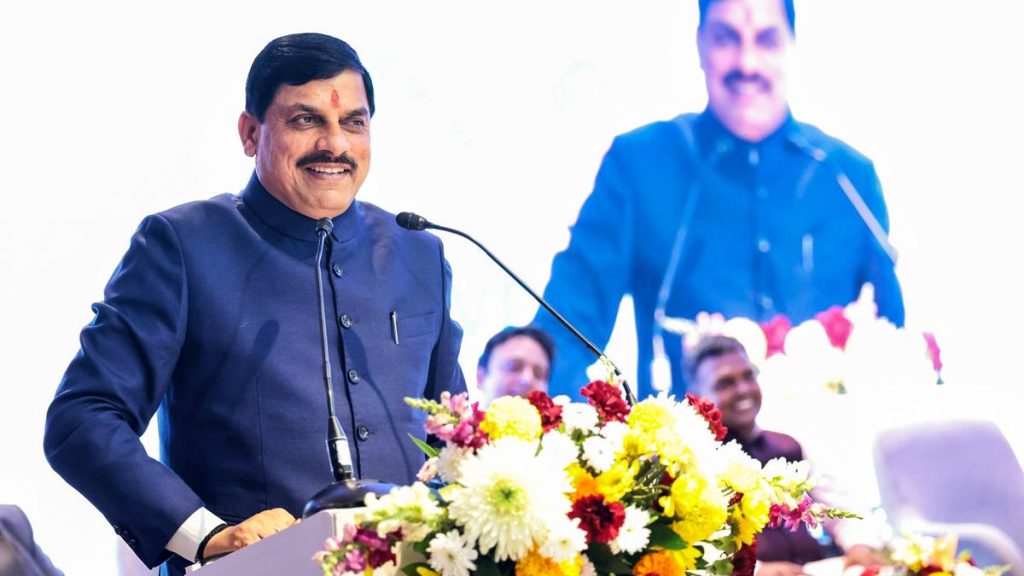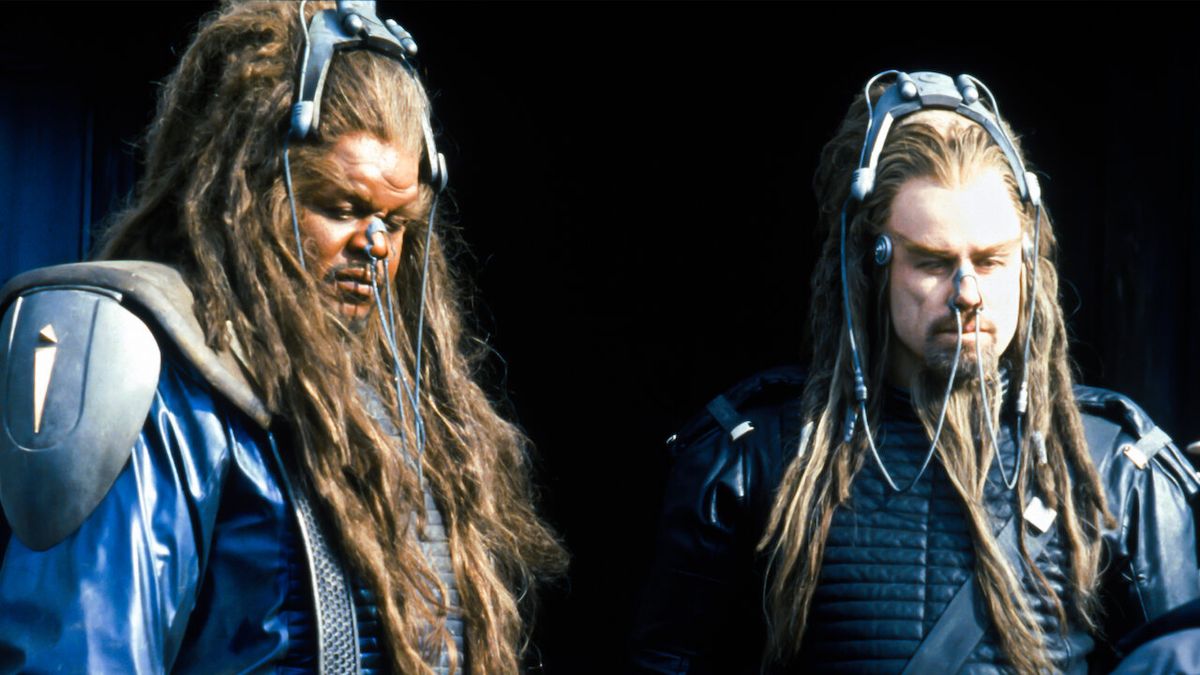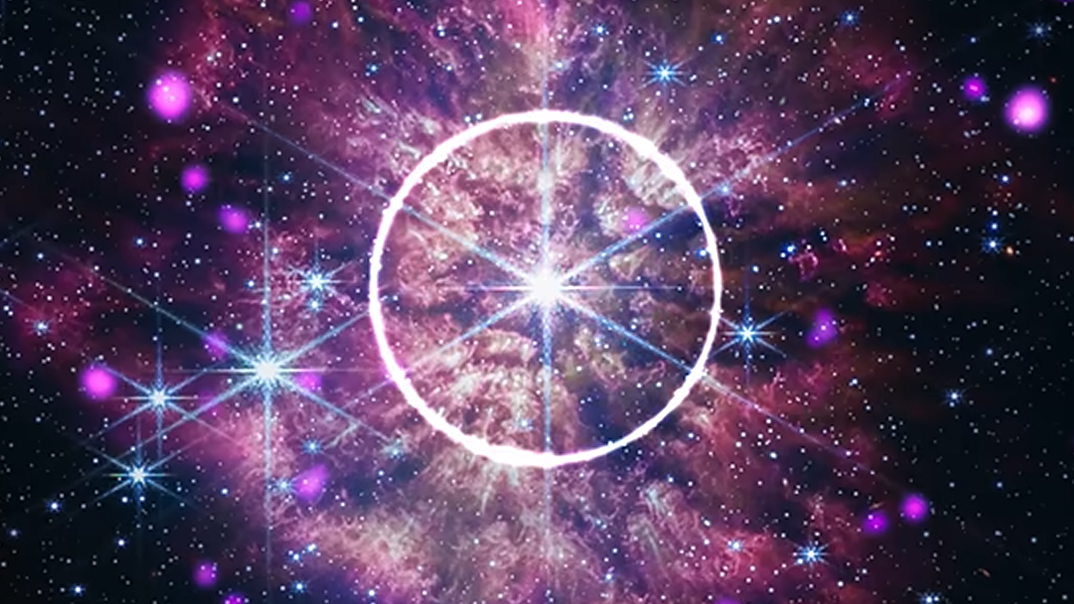Now Reading: Sensors for Nuclear Blasts Now Aid in Tracking Space Debris
-
01
Sensors for Nuclear Blasts Now Aid in Tracking Space Debris
Sensors for Nuclear Blasts Now Aid in Tracking Space Debris
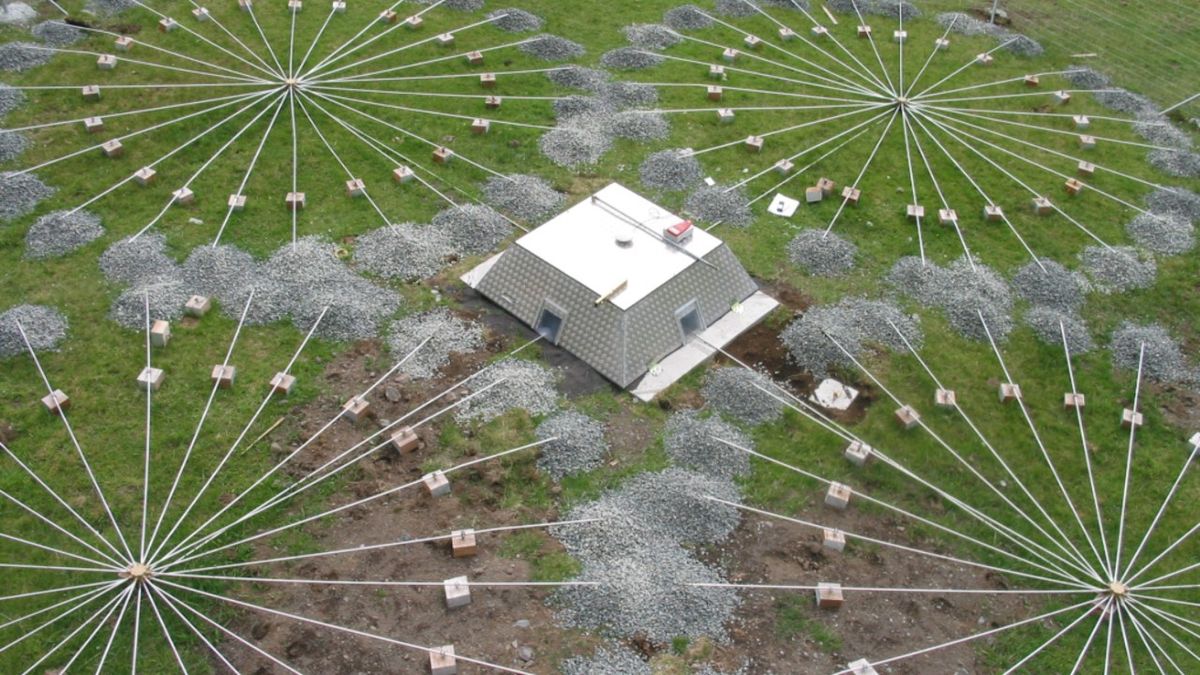
Rapid Summary
- Scientists are investigating how sensors designed to detect nuclear tests can help track space debris and meteorites crashing in remote areas.
- These sensors belong to the Comprehensive Nuclear-Test-Ban Treaty Association (CTBTO) detection network and measure infrasound waves, which propagate thousands of kilometers irrespective of weather conditions.
- The sensors provide global coverage, unlike optical cameras or radar systems that have constraints like weather dependence and geographical range limitations.
- Research indicates that the trajectory of space debris entering Earth’s atmosphere at a steep angle (60 degrees or greater) can be accurately reconstructed using these measurements. However, shallow-angle entries cause significant variability in data due to inconsistent signal paths interacting with distant sensors.
- Infrasound detection struggles with satellite reentries guided at shallow angles typical of low Earth orbit decay but may remain useful for post-impact analysis and coordinating recovery efforts.
- Scientists are exploring ways to combine sensor data with optical observation systems for improved accuracy in tracking such events.
Indian Opinion Analysis
The studies on leveraging CTBTO’s nuclear test-detection technology to track space debris present intriguing technological possibilities. For India, a major player in both global security and space exploration, this research could offer dual benefits: strengthening disaster preparedness against potential impacts from falling objects while bolstering its own satellite monitoring capabilities. With vast rural areas frequently enough inaccessible by advanced observational equipment like telescopes, integrating globally available scientific networks such as CTBTO’s infrastructure could enhance India’s capacity for real-time analysis of atmospheric phenomena. Furthermore, collaboration between Indian scientists and international agencies could facilitate innovation combining various legacy technologies with indigenous expertise. Though, given the inherent limitations mentioned-such as inaccurate reconstruction under shallow-impact trajectories-the reliance solely on this system would necessitate cross-validation measures or supplementary tools.


